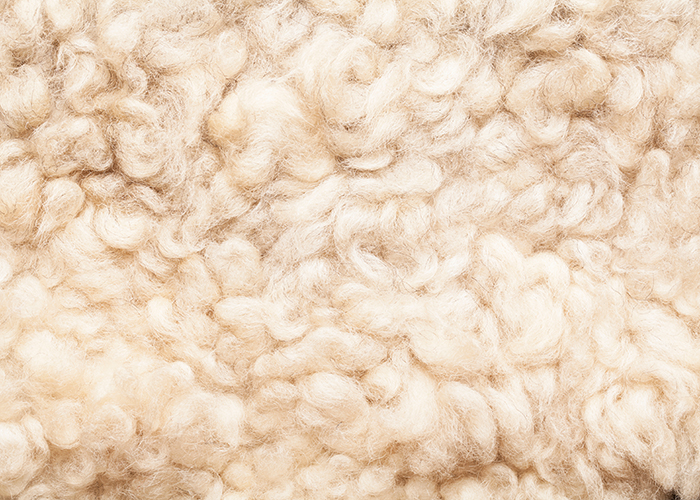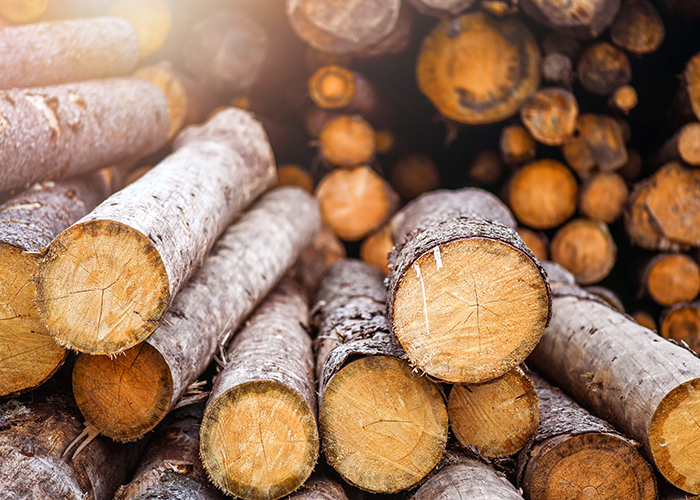Our Materials


Leather
Our quality standards
We work exclusively with high-quality genuine leather from animal skins, which are by-products of meat production. We use lamb, goat, cow and calf leather from animals from species-appropriate husbandry, most of which are bred in Europe. We deliberately refrain from using reptile leather or leather from other endangered animal species. All leathers used comply with the REACH regulation and are free of hazardous chemicals. To ensure the high quality standard of our raw materials, we continuously carry out quality controls and check existing and future certifications.


*LWG – Leather Working Group
The LWG is a multi-stakeholder initiative with over 600 members, consisting of various stakeholders from industry and commerce, leather producers and suppliers as well as NGOs and scientific institutes. Established in 2005, the organisation is committed to the implementation of sustainable structures and the improvement of environmental management in the leather industry.
A prerequisite for certification with gold, silver or bronze is a resource-saving, energy-efficient production process with the lowest possible water and energy consumption, a responsible waste management as well as the avoidance of pollutants harmful to the environment and human health.
Our suppliers
We maintain a long-term, trustful partnership with our leather suppliers.
A responsible handling of limited raw materials, a resource-saving production as well as careful waste management are basic requirements for cooperation. We buy our leathers directly from the manufacturer, not from middlemen, to guarantee full transparency of the individual production steps. A large part of our leather is sourced from producers in Europe who are globally certified according to the standards of the LWG*. We aim to gradually increase the proportion of gold-certified leathers in order to ensure a production process highest environmental standards.
Fur
We completely renounce the processing of real hair skins and furs for decorative purposes. In shoes with warm lining, lambskin is used, which is a by-product of meat production. The animals come from species-appropriate grazing in Mongolia. No chrome is used in the processing and tanning of the skins.


Always on the lookout for new technologies and intelligent innovations, Högl discovered the added value of Gore-Tex for feminine boots and shoes already twenty years ago. Since then, shoe models with waterproof, weatherproof and breathable Gore-Tex features have been an integral part of our autumn/winter collections and are indispensable companions for Högl wearers from all over the world during the cold season. With Gore-Tex Infinium, another groundbreaking innovation has been added to the collection in 2020. The membrane is invisibly incorporated into feminine city boots and thus protects even in the city look against the cold in the chilly season.
ECONYL®
ECONYL® fiber is 100% recycled and endlessly recyclable. The regenerated nylon is produced by collecting and upcycling waste such as fishing nets, fabric scraps and industrial plastics all around the world. This results in a material that can be recycled, recreated and remoulded over and over again, closing the product cycle. Per 10,000 tonnes of ECONYL®, up to 57,000 tonnes of CO2 are saved and the greenhouse effect is reduced by 90% compared to conventional nylon.
The regenerated nylon from the manufacturer Limonta is certified according to the Global Recycled Standard (GRS). Through the implementation of photovoltaic systems and energy-saving technologies in production, Limonta additionally contributes to reducing the ecological footprint.




Natural fibres
We are constantly looking for natural, sustainable materials to expand our range of environmentally friendly raw materials. For the majority of our laces we use TENCEL™, a fibre derived from the natural and renewable resource wood. The wood comes exclusively from sustainably managed forests from controlled and certified sources. TENCEL™ fibres are 100% bio-degradable and can be fully reintegrated into the natural ecosystem at the end of their life cycle.
Canvas, a natural fibre made of cotton, hemp and linen, is also processed in selected models. The spectrum of renewable and recycled materials is constantly being expanded.

